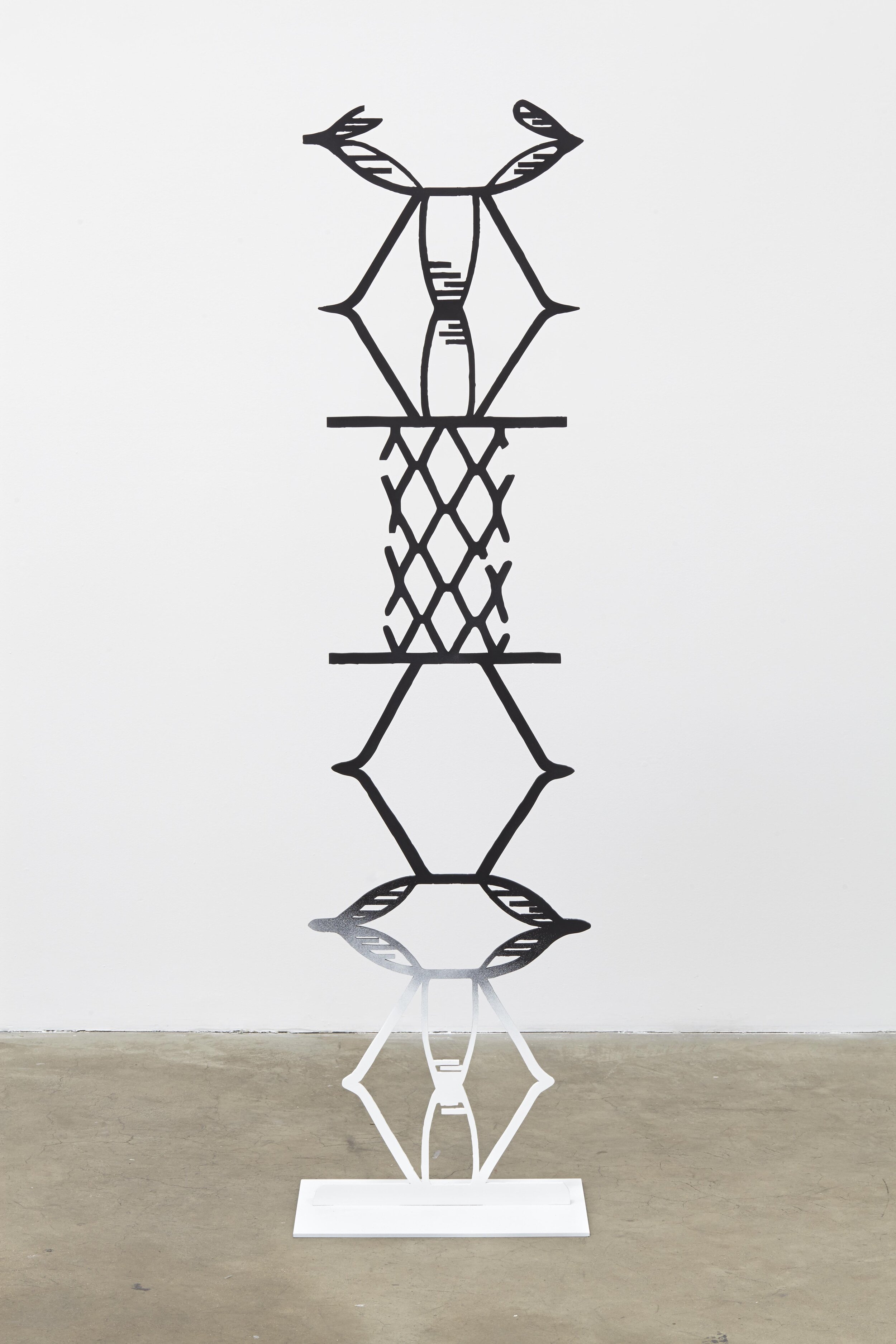The starting point for this body of work began in 2011, when Cotts sat down with her father's family scrapbooks from his parents' and grandparents' personal documentation of their lives in early 20th century Germany. In 1899, Cotts' great-great grandfather, Samuel Pinner, along with his partner Hans Heilbrun, filed the first patent for honeycomb paper technology. Soon afterwards, they opened a factory in the town of Halle, Germany producing honeycomb paper objects, with a popularity that then expanded the company to offices in Berlin, Paris, New York, and London. They continued operating their original factory until 1938 when, as Jews, their patents were nullified and the factory was taken over the Nazi party. The family left and moved to the United States, but the technology they had formed had expanded into multiple industries. Their original machines, which they had used to create decorative objects prized in middle-class households of the new increasingly disposable economy, were also being used to form identical structures in different materials for the airplane industry, including the construction of German bomber planes and the then-budding airplane industry in Los Angeles. The technology has since expanded into multiple areas, and continues to be used both in its original paper form and in the contemporary incarnation of the aviation and aeorospace industries.
The body of work in I love you Helen is based upon the individual patents that were once held by Cotts' family, with the series of silkscreens presenting a direct representation of patent drawings—a kind of building block language for the work as a whole—and the sculptures offering Cotts' reinterpretation of those forms in larger scale. The pieces speak to the direct process of translation at work in the original honeycomb product, working through machinery to move from two dimensions to three dimensions. Cotts' sculptures also often combine the handmade and the fabricated, in a way that focuses on the space where the two meet, and where they diverge. The physical reinterpretation of objects with both familial and historic potency offers a spacial consideration of family history as inextricably tied to politics, labor, technology and geography, while maintaining a grounding based upon the nearly-universal experience of family history imparted through personal objects.






















